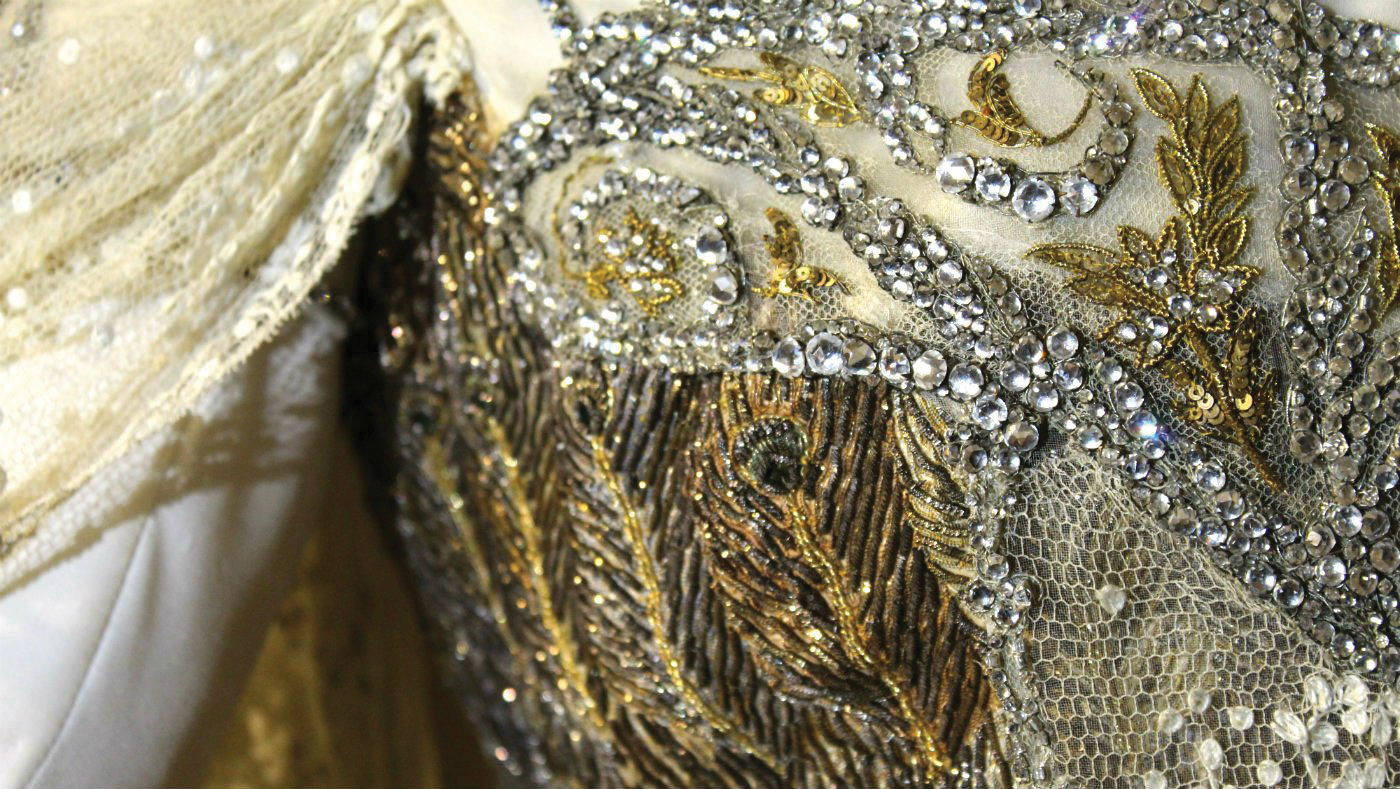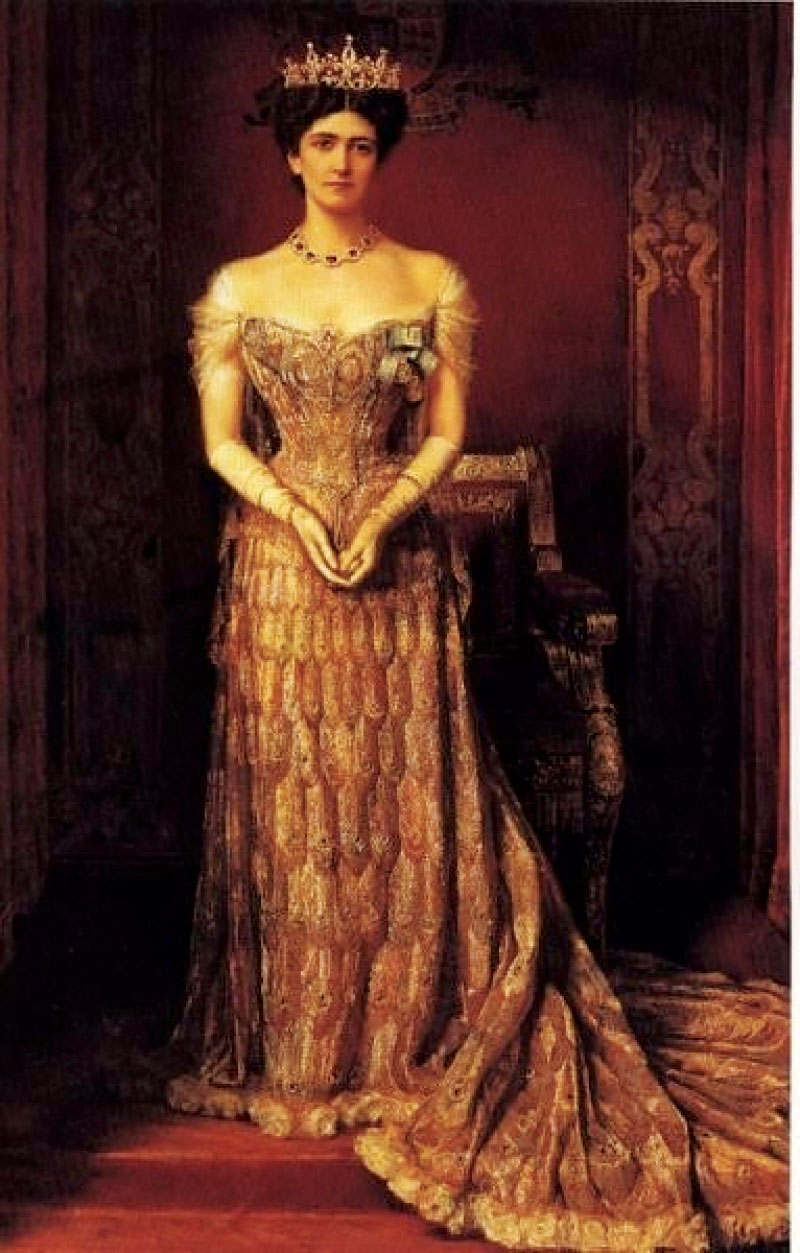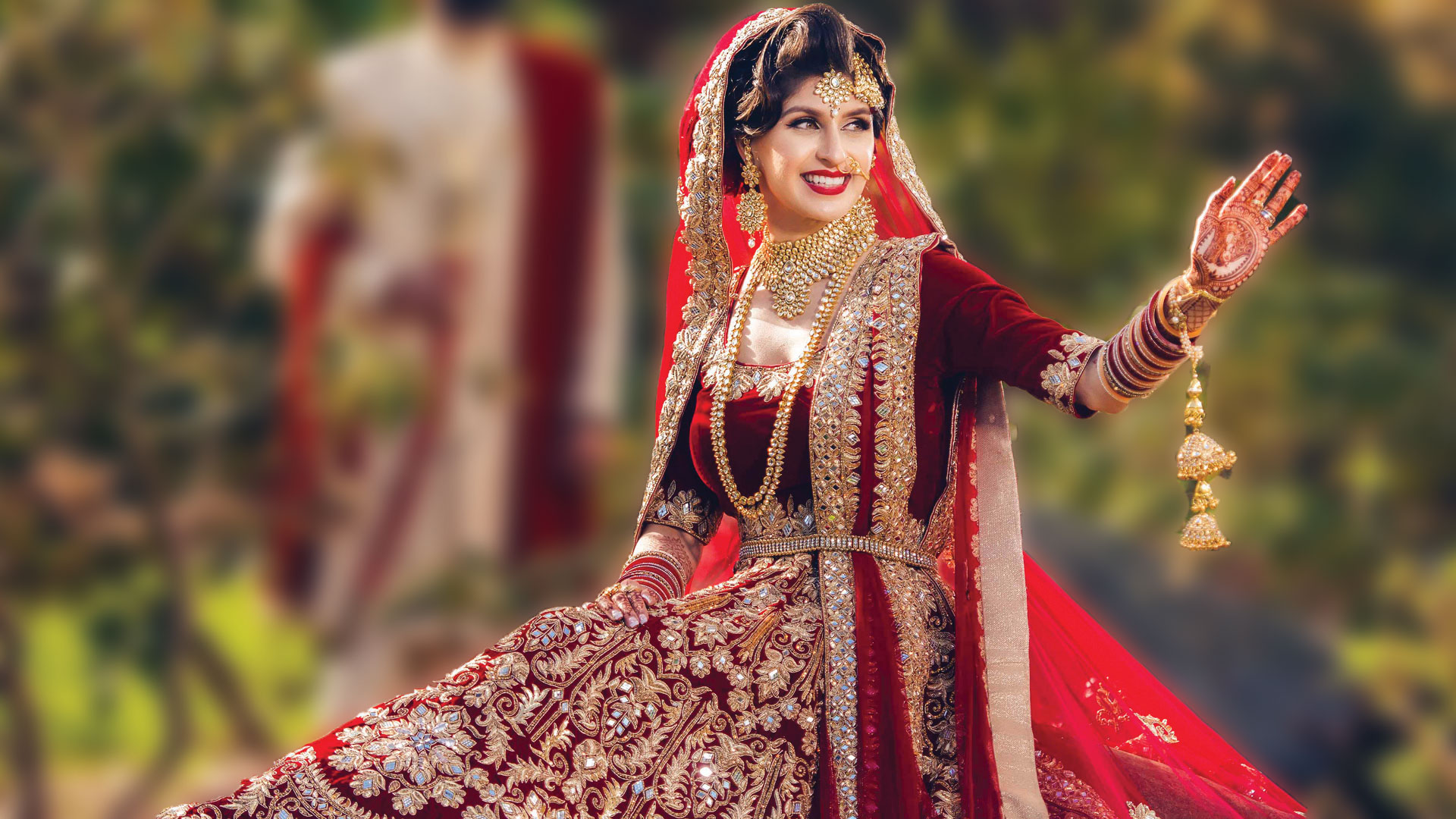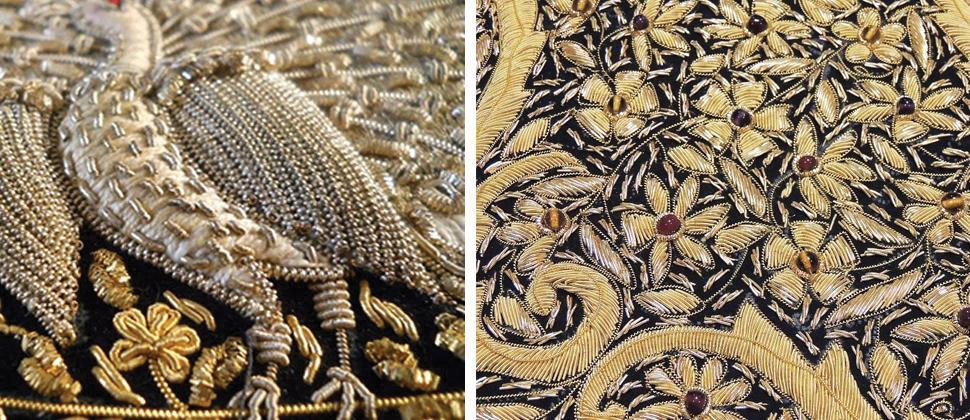
Zardozi embroidery is beautiful metal embroidery, which once used to embellish the attire of the Kings and the royals in India. It was also used to adorn walls of the royal tents, scabbards, wall hangings and the paraphernalia of regal elephants and horses. Zardozi embroidery work involves making elaborate designs, using gold and silver threads. Further adding to the magnificence of the work are the studded pearls and precious stones.
Zardosi embroidery has been in existence from the time of the Mughals. There are numerous instances mentioning the use of Zari embroidery as ornamentation on the attire of the gowns of the mughal kings. Initially the embroidery was done with pure silver wires and gold leaves. However, today craftsmen make use of the combination of copper wire, with a golden or silver polish and a silk thread.
History
The word Zardozi means gold embroidery. It attained its summit in the 17th century under the patronage of Mughal Emperor Akbar. Under the rule of Aurangzeb, the royal patronage stopped and this led to the decline of the craft. Since the cost was high and raw materials quite rare, craftsmen could not carry on with embroidery on their own.
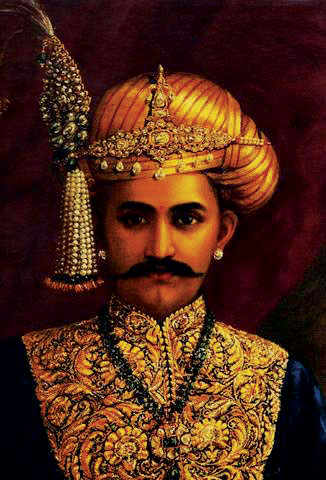
Method

The process of doing Zardozi embroidery starts with the craftsmen sitting cross-legged around the Addaa, the wooden framework with their tools. The tools include curved hooks, needles, gold wires, metal starts, round sequins, glass and plastic beads and dabkaa.
The second step is to trace out the design on the cloth, if possible fabrics like silk, satin and velvet. The fabric is then stretched over the wooden frame and the embroidery work begins. Needle is used to pull out each Zardozi element which is then integrated into the basic design by pushing the needle into the fabric.
The range of products using Zardozi today are endless; dresses, coats, purses, belts, stoles, shoes, etc. While there was a significant drop in the popularity of this craft post-independence, in the last 50 odd years it has seen a steady come back with large local fashion houses bringing it to the forefront at Fashion Weeks.
Lady Curzon's peacock dress
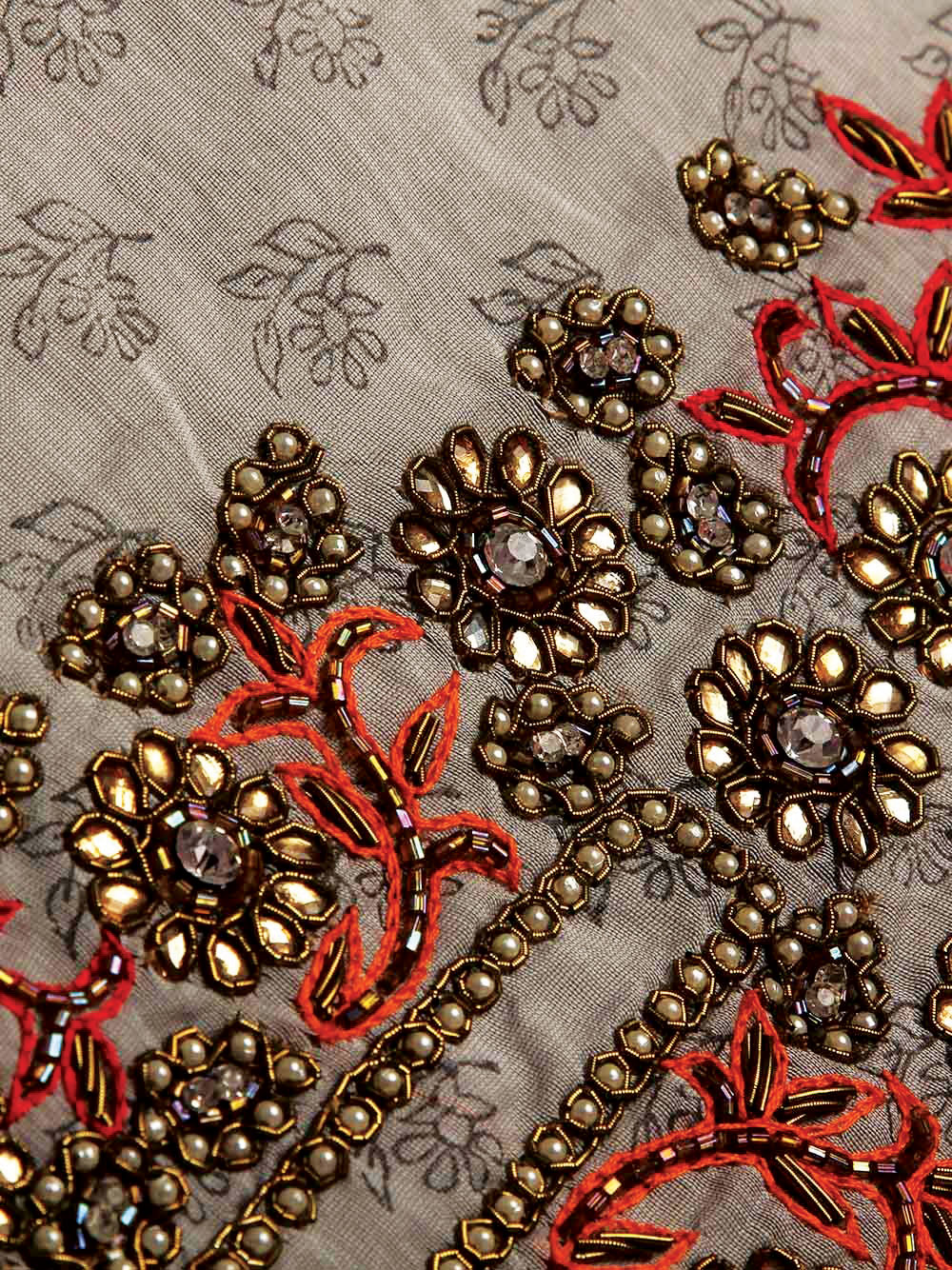
was a gown made of gold and silver thread designed by Jean-Philippe Worth for Mary Curzon, Baroness of Curzon Kedleston to celebrate the 1902 Coronation of King Edward VII and Queen Alexandra at the second Delhi Durbar in 1903.
The gown was assembled from panels of chiffon that had been embroidered and embellished by craftsmen using the Zardozi (gold wire weaving) method. It was then shipped to Paris, where it was styled with a long train edged with white chiffon roses. Over time, the metal thread in the dress has tarnished but the beetle wings have not lost their luster.
